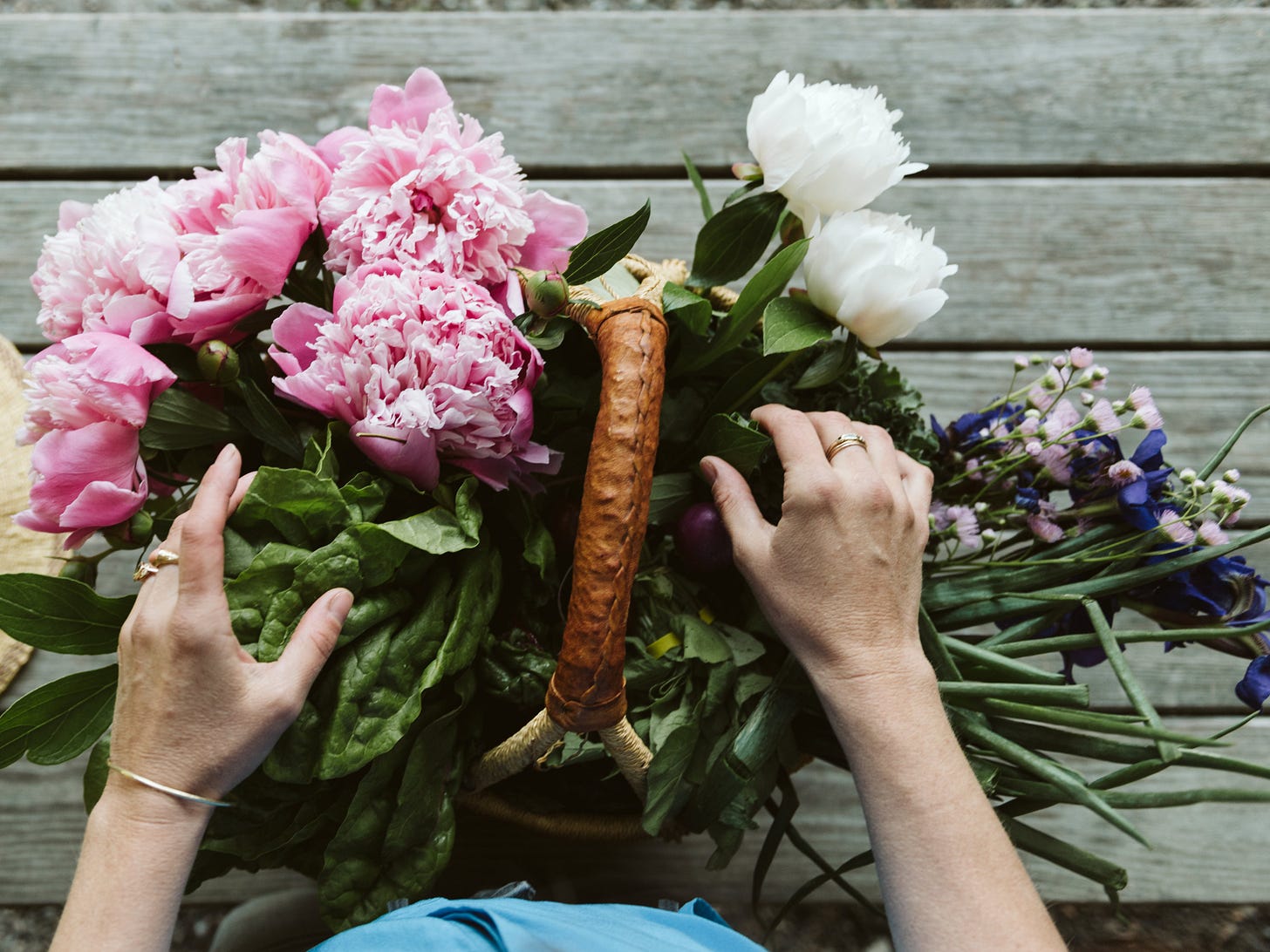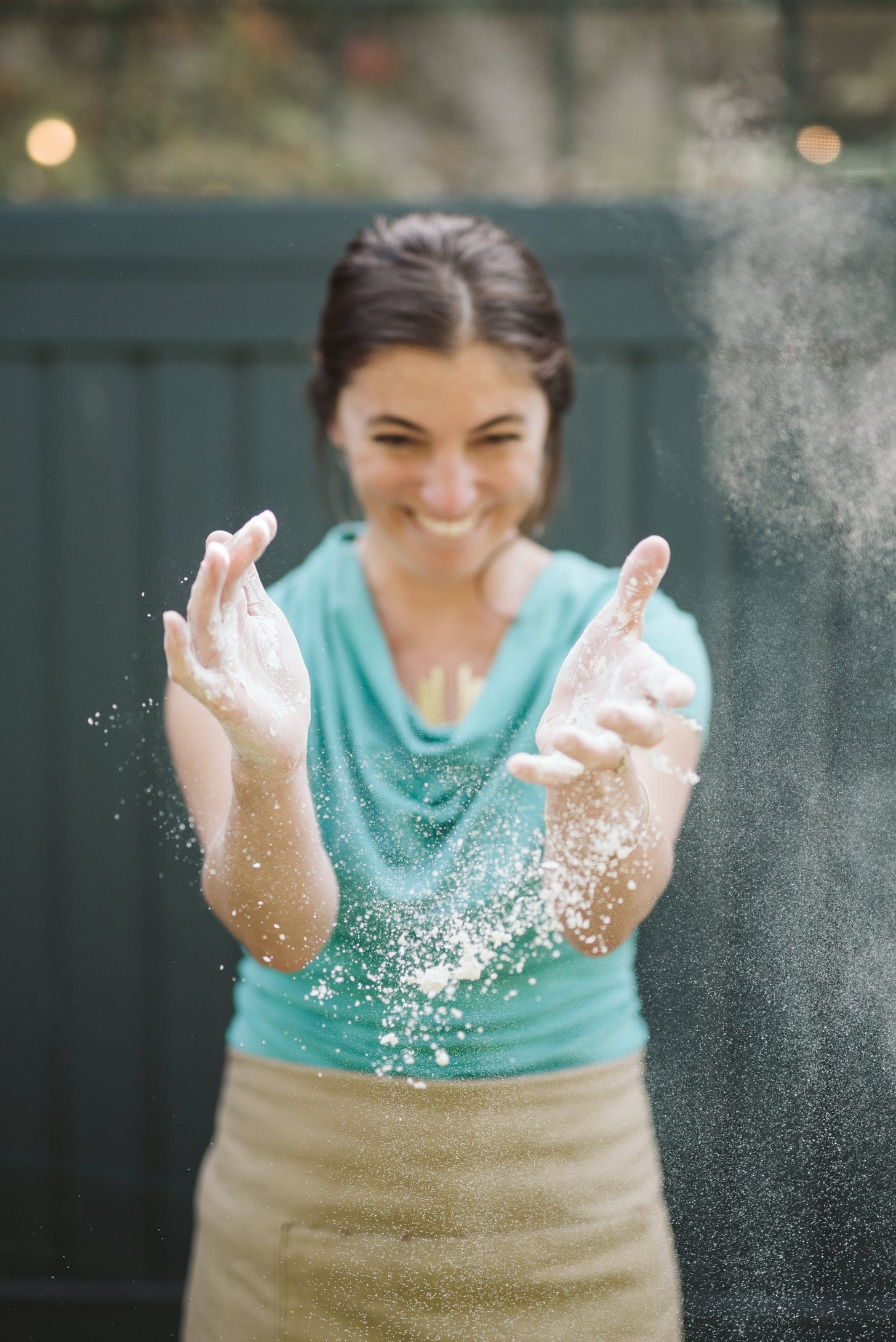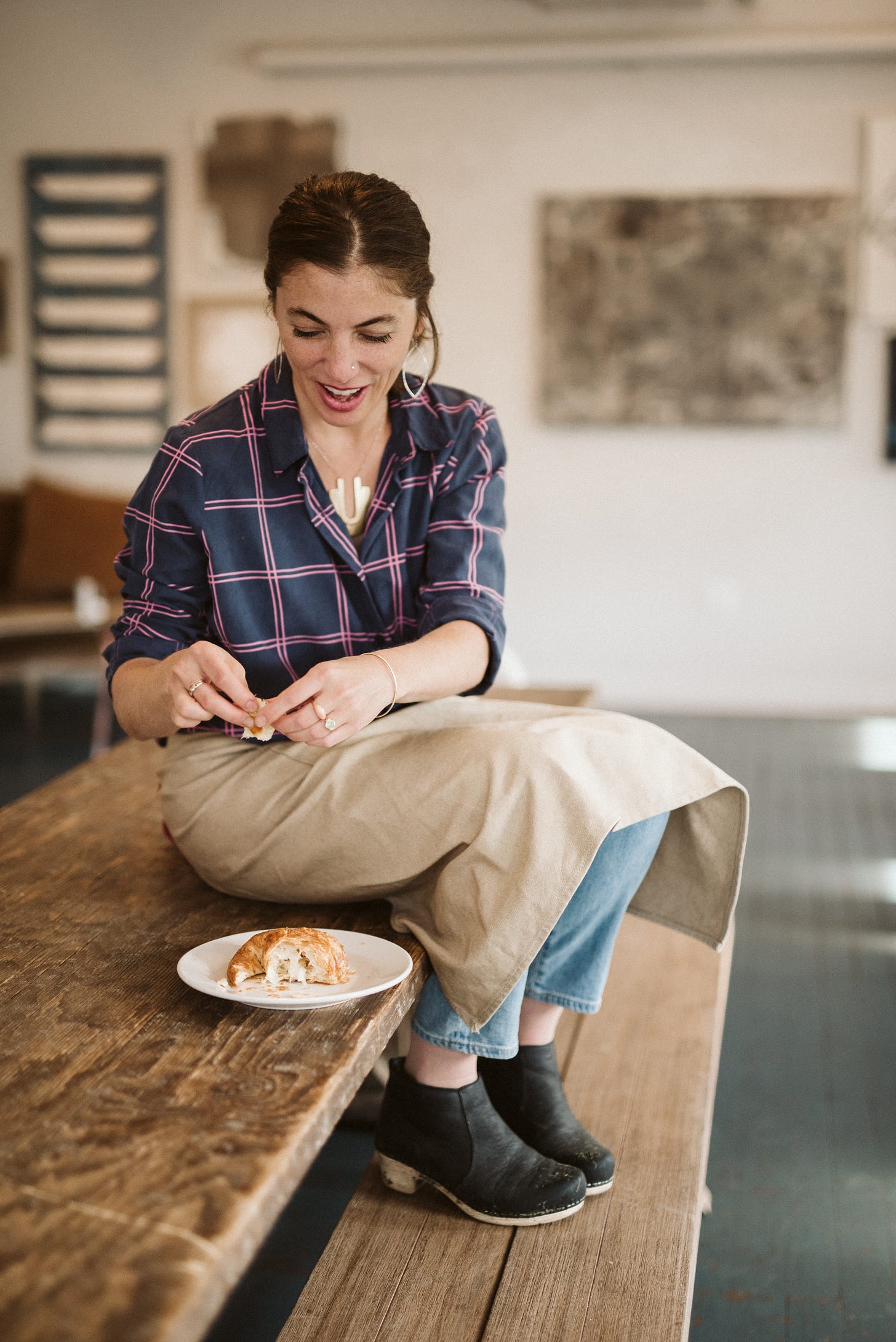Eating came first, obviously. Cooking came later.
My love of food and flavor must have continued from a previous lifetime

I was pretty young when my interest in food and flavor surfaced. I loved eating my dad’s barbecue or going over to my aunty’s for one of her incredible dinners. When we’d travel to see extended family or friends, I’d eagerly await the spread. If the plan was to go out to a restaurant, I’d be thrilled. Good food was, and still is my favorite.
If I could, I’d set myself up to observe whomever was cooking. I learned by watching. If left uninterrupted, most questions, especially if the person was deft, would be answered. Timing, how and whether to chop things this way or that, what ingredients to add and when, smell and sound clearly, where worthy signals, why soften versus melt. On and on it went. All I can say is that it’s potent to witness someone at ease and in their flow making something irreversible materialize. To this day, it’s an astute habit I adhere to.
Somewhere in there I figured that cooking was one of the most logical and empowering decisions I could make for myself. Preteen was when it became more hands-on. It started with cakes, cookies, and cornbread. I’d pull out the Kitchen Aid my mom inherited from my grandma, the premix box, the oil, butter, milk or eggs. I’d follow the steps. Triumphant or fraught with mistakes, I’d simply move on and course correct. Later I’d make things from scratch. I remember my first tortilla or the first tray of brownies. Now I have comfortably settled into being an ingredients-based cook. I’ll channel my inner Nigella, knowing that home cooking isn’t difficult as much as it just takes time and the ability to pay attention to the aforementioned signals. So as my interests in food and flavor grew, so did the gleeful pursuit of my next meal.

—
I grew up in a family (and an enormous extended family) that loved food. Coincidentally we also lived in the San Francisco Bay area, which had and still has a thriving, diverse food scene. Home cooking was honored and appreciated and was always at the heart and soul of every day, every gathering, and every celebration.
My calabash* aunts, uncles, and cousins I grew up with also brought recipes and love of lineage to the table. There were Italian dishes, Portuguese dishes, Portuguese-Hawaiian dishes, Japanese and Chinese dishes. I say dish deliberately because the raw ingredients are often the same. Yet no recipe is ever the same when cooked by different hands. This is the cool thing about food, in particular, the meal itself. Through them the stories of tradition, emigration, technique, landscape, place, memory, love, and patience continue. How the water is salted or the brine is set. How the bean is mashed or the grain fermented. How a spice is either gathered in the fields or purchased at the market—it all resides somewhere, deep in collective memory.
As I aged and traveled, this love of technique and way of being with food, cooking, and eating expanded. It became about spices and people. From Hawai’i to Mexico to Venezuela to Italy to India, I found that the dishes we make are more than an afternoon or evening at the table. They are a way of remembering, savoring, as well as adapting. This is the alchemy and magic of foods and flavor and why Maria Jimena Ricatti’s words are more than a rally cry for resistance but one of sensorial advocacy.
“We have been unwittingly trained to disown the sensory richness of food to the point of acquiring a certain degree of neophobia for culinary diversity. But by exploring the multisensory approach, there is a chance to learn another way in which our senses work. This is the key to rediscovering the importance of food and nature, to addressing important questions around biodiversity, resources, food consumption, and even the ecosystem within us (our microbiota)...”**

—
I’m a private person, and will often default to listening, observing, and sensing. I haven’t shared my borderline obsession with food and cooking because I wasn’t exactly sure how it all fit or how to talk about it. It hasn’t been intentional. I think because it’s so familiar and mundane that I’ve simply overlooked it. For a while, I just didn’t know how to talk about it, or where it fit. I’m not a recipe developer. My business doesn’t hinge on food or cooking (though maybe it can)? I’m not a food content creator, a bonkers term which makes no sense to my GenX brain. I cook because it’s the thing to do. I cook because as long as we’re alive and well, hunger and the urge to sit and relish it IS within the realm of our human experience. It’s real.
Connecting with our humanity through food
However, from the preparation to the pursuit of flavor to the sensuousness that can only come from such a tactile medium, I thought I’d give it a try. Give words to what has inexplicably been a cornerstone for how I live well and remain well-fed. There is something in the innate potential of food and particularly flavor—the chemistry and make-up held within the DNA of a dish, that resonates with me.
First I find it awakens a deep, almost ancestral memory rooted in our very humanity
Second, it’s like laughing. We inherently get it. And also like laughing, it’s a pleasure when it’s shared. Equally given and received.
Third, it’s ordinary. Fantastically ordinary. It’s one of the few things that we can do daily that reminds us that we are connected, dependent, or, at the very least, intertwined with the natural world and all that it provides.
I don’t call myself a foodie
The reason why I don't necessarily identify with the term foodie is that I prefer to cook. My definition of a foodie is one who, yes, enjoys culinary delights. Yet one of the key characteristics is to find all the tantalizing ways in which to be sated. The foodie’s desire and mission is to seek out the novel or new or gourmet. Debatable. Of course. I also associate the ‘foodie’ as one who enjoys the art and craft of others, rather than salting the pot of boiling water or attempting to translate last night's lentils into something else alongside some greens, bulgur, whilst whipping up some version of ladolemono. I’m the cook who loves to eat delicious things. I’m an all-in, roll-up-the-sleeves spice blender, leveraging the principles and combinations I know from a few solid decades of practice. That’s scrappy and I like scrappy. It’s messy, it’s magnificent, and there are mistakes. But the result is a generous steady incline on the x-axis of creativity. It’s the force behind the next meal.
Okay, well maybe I’m a curiously scrappy, inventive foodie, who as a consequence of cooking often appreciates different perspectives when going out. Moving on.
All Those Memorable Meals
I can recall meals I’ve had over 35 years ago. It’s nuts. I know. My husband teases me. Though he appreciates its value, it is where he and I differ. For him a meal can be purely utilitarian. Fuel. Why take the time to prepare it? I, on the other hand, find that it’s far from wasted energy or time. I like to indulge in the sensuousness of the craft itself. Thinking that somehow, it makes all the difference in the world.
The chicken tacos flanked by not just any 7UP but a Shirley Templed 7UP when I was nine. The saffron rice and grilled venison that my aunt and uncle would make, fourteen. The masala stew I made for my friends that I learned from Śakuntala, my host mother while living in Jaipur, twenty-two.
The polenta and dhal in Lisbon. The bowl of spumoni ice cream at a North Beach (little Italy) institution. The most perfectly cooked steak in Oaxaca paired with that fine bottle of red, ever so enjoyed alongside fellow artist and traveler, Matthew. The dumplings from this hole in the wall place in San Francisco’s Chinatown or the makaee (corn) chapatis dripping with ghee while at a home stay in a little village outside Udaipur. I can still taste and remember that day as she packed them with her hands, the stack growing before lunch was served.
Everything has been a curiosity of flavor, a combination of different people and places. Even when I’m a little resistant or tired I somehow muster up the energy and prepare the next meal and all is well. The other night it was:
Toasted buckwheat then cooked in vegetable broth until just al dente. Let sit covered to swell and soften
Lightly sauteed sugar snap peas in butter with just the faintest squeeze of meyer lemon
Pickled kraut (beet and cabbage combo)
All a top butter lettuce picked from the garden and dressed with a fig balsamic vinaigrette
Finished with a generous smothering of homemade houmous
I sat, I gave thanks, I enjoyed it. It was delicious!
Yours, Erin
Sacred utilitarianism
*In Hawai’i, a calabash is a large serving bowl, usually made from a hardwood rather than from the calabash gourd. The use of the calabash in Hawaii has led to terms like “calabash family” or “calabash cousins”, indicating an extended family, grown up around shared meals and close friendships.
**Maria Jimena Ricatti, “The Doors of (MultiSensory) Perception,” MOLD, Issue no. 04 Designing for the Senses 2019, 42.





